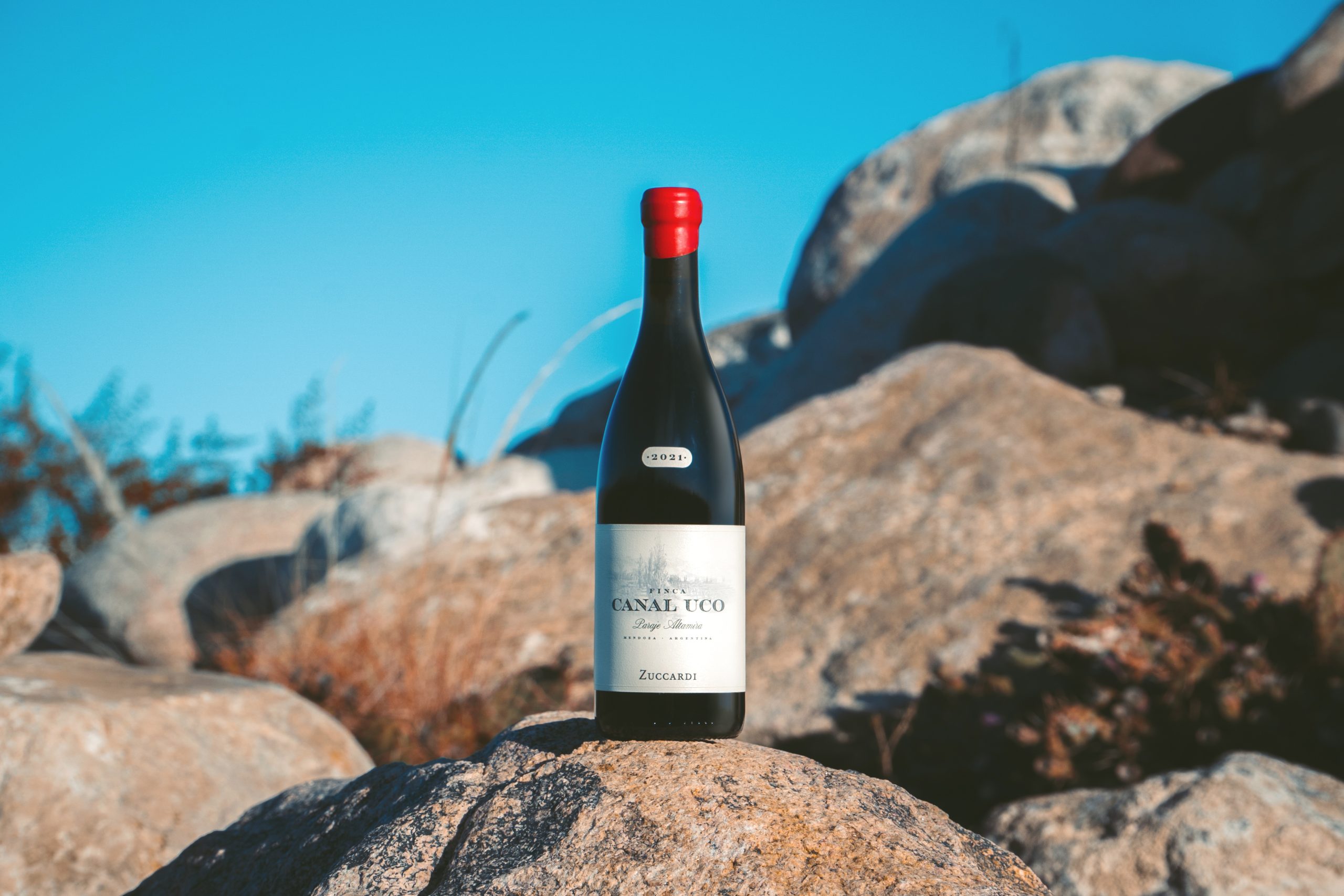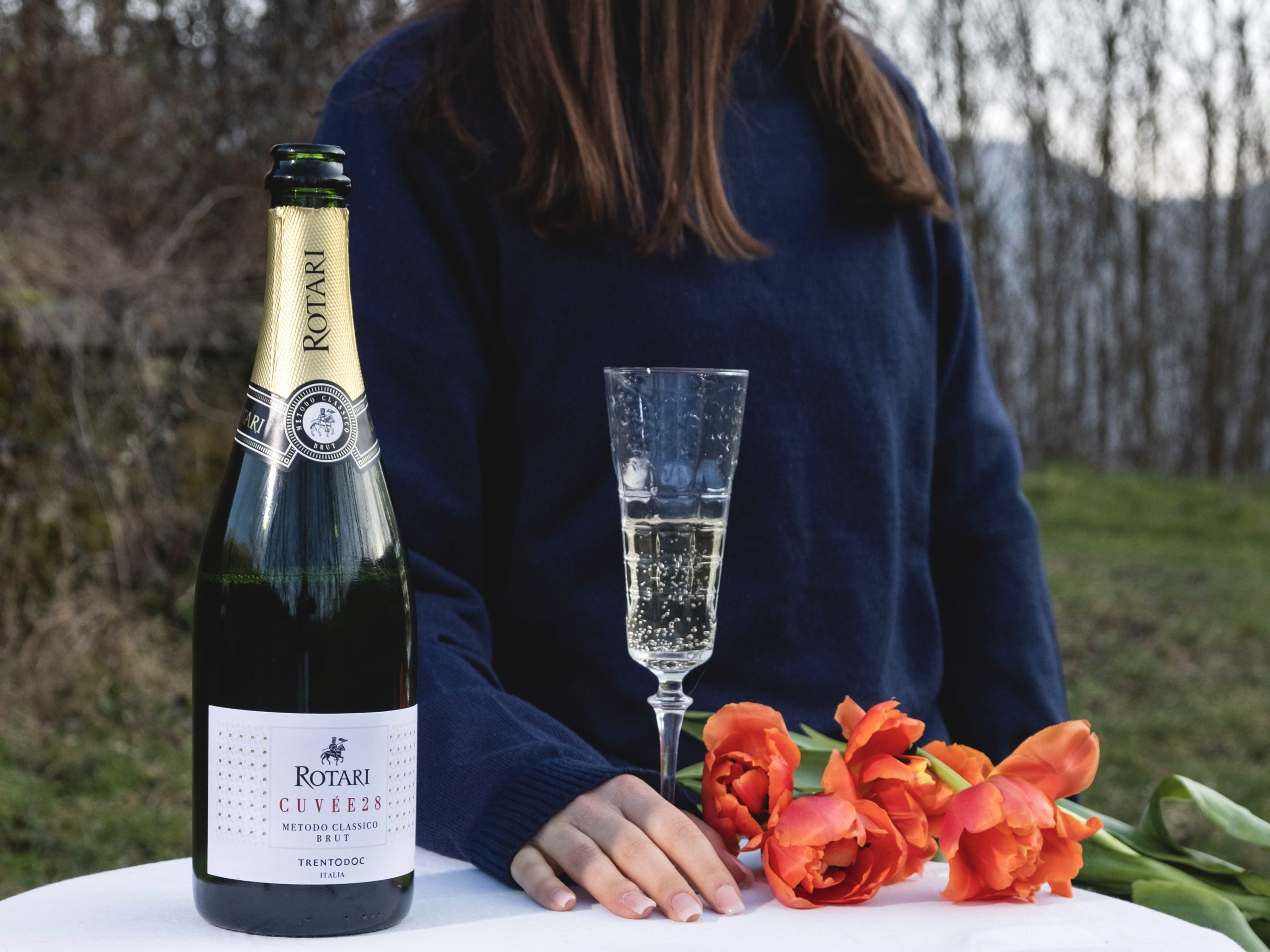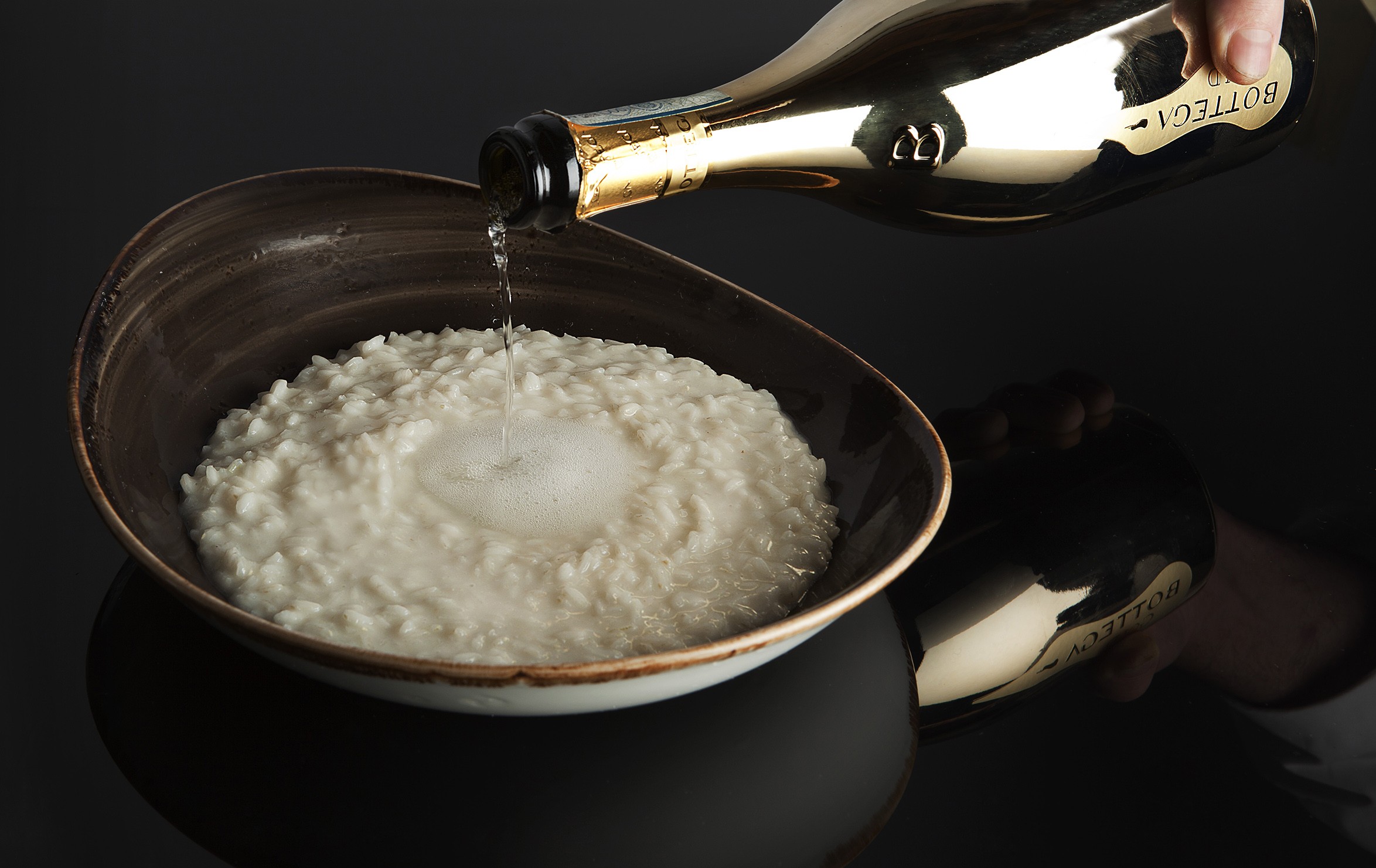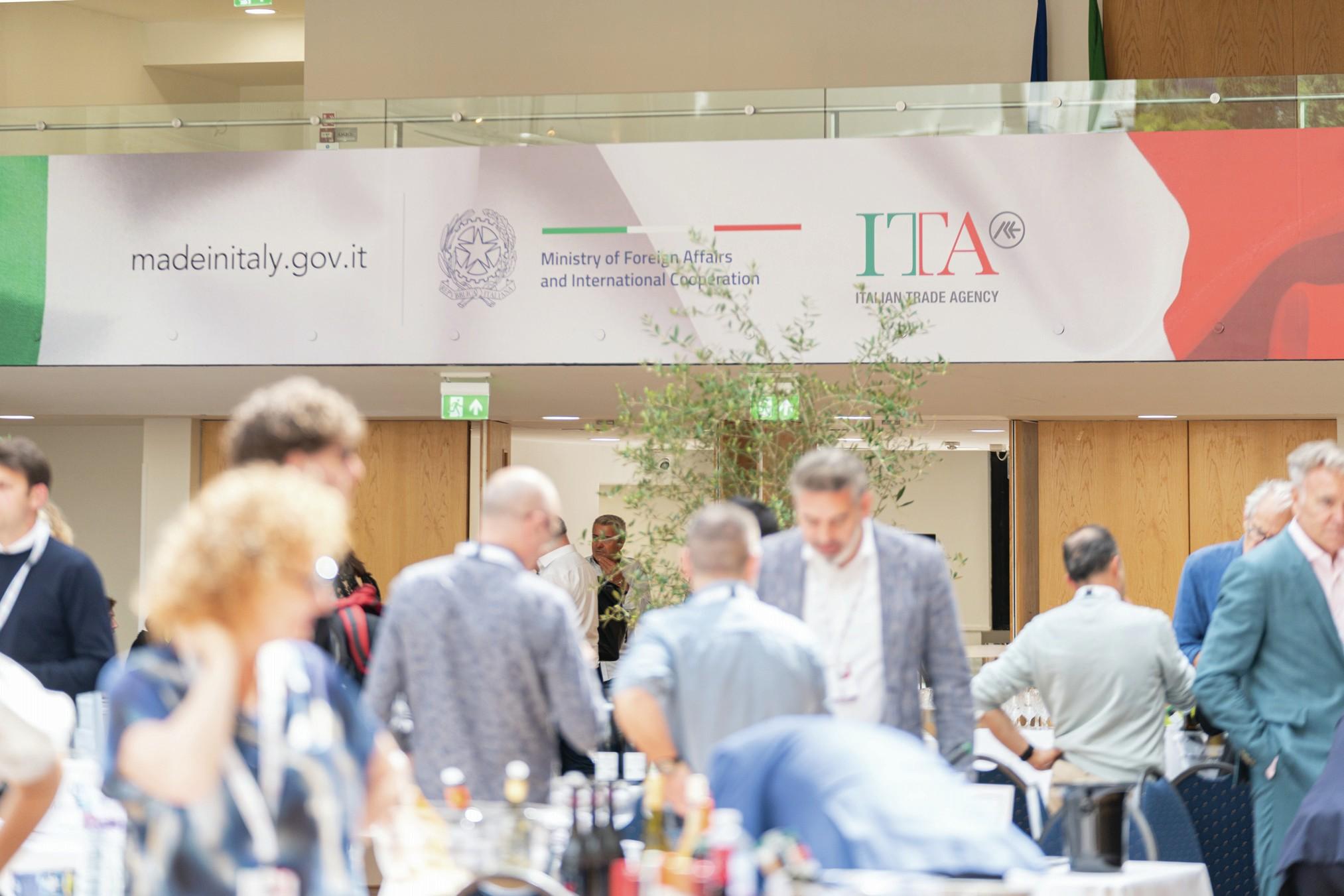Top 10 winemakers to watch in Spain
Passing the torch is a sacred act – never more so than between winemakers. Here, Lucy Shaw meets the vignerons taking the reins from Spain’s famous figures.
Spain is arguably one of the most exciting wine countries in the world and home to a dizzying array of styles at all price points. From mineral-rich whites made in the rain-soaked north to treacle- thick Pedro Ximénez from sun-drenched Jerez, Spain is hard to beat in terms of diversity.
While daring young vignerons are now commonplace in the country, a handful of pioneering winemakers can be credited for their pivotal role in putting their respective regions on the map, from sandy-haired Dane Peter Sisseck in Ribera del Duero via his overnight success, Pingus, and Alvaro Palacios, who arrived in Priorat in the late ‘80s with dreams of reviving the region to its former glory, to enfant terrible Telmo Rodriguez, who boasts no less than 10 winemaking projects under his belt but is most closely associated with his effort to breathe life back into Rioja’s sleepy old vine villages.
Keen to find out who are nipping at their coat tails, we’ve asked each of our five winemaking pioneers to nominate a winemaker to watch in their respective region who is doing a sterling job in maintaining the health of some of Spain’s most sacred vineyard sites for the next generation to inherit.
RIOJA
MASTER: TELMO RODRIGUEZ
With fingers in many pies, Basque-born itinerant winemaker Telmo Rodriguez is most strongly associated with Rioja, where he returned to his family estate, Remelluri in Rioja Alavesa after graduating from Bordeaux’s oenology school and gaining experience at Cos d’Estournel and in the Rhône Valley.
Seeking to express “the soul” of the region by working in cherry-picked plots, Rodriguez has made the olive grove- dotted village of Lanciego in the foothills of the Sierra de Cantabria mountains his focus, where he makes a quintet of wines from old bush vines grown on calcerous slopes under the Altos de Lanzaga label.
“My challenge is to find the perfect terroir in Rioja,” he says, describing Lanciego as one of the most “mysterious” villages in the region.
Rodriguez is passionate about bringing abandoned and forgotten vineyards across the country back to life. His winemaking philosophy is a simple one, believing that in order to progress, winemakers need to look and learn from what their ancestors did.
He works with 10 different grape varieties in Rioja and is keen to revive Rioja’s field blend tradition. “I’m trying to reconnect with the Rioja of the past and go back to the human element of making wine from single villages. It’s important that we keep this tradition alive,” he says.
Branching out from Rioja in the mid-‘90s with business partner Pablo Eguzkiza, Rodriguez’ debut wine was an old bush vine Garnacha from Navarra called Alma, meaning “soul” in Spanish.
Thirsty to make wine across the country, he soon expanded his Compañia de Vinos Telmo Rodriguez, and now makes wine in collaboration with local grape growers in Rueda, Ribera del Duero, Toro, Valdeorras, Cigales, Cebreros, Alicante and Malaga, working with indigenous varieties in order to best showcase the diversity and complexity of the country’s terroirs and the exciting, unique wines they result in.
APPRENTICE: PEDRO BALDA
Nominated by Telmo Rodriguez for unbridled passion and desire to do everything by hand, 32-year-old Pedro Balda works in a tiny plot in Rioja Alta.
Born under a vine in the village of San Vicente de la Sonsierra, Balda hails from a long line of grape growers and takes a natural approach to winemaking, having been inspired to do so after an eye-opening trip to New Zealand.
“It was the opposite of what I’d learnt at university, but I’ve always been keen to explore new ways of thinking,” he says of his zero sulphur approach, adding, “We only need grapes to make wine – the industry seems to have forgotten this.”
Balda makes his two wines from a 0.5 hectare plot in San Vicente originally planted by his grandfather, producing 1,000 bottles a year.
“We have to go back to our roots and reflect the weather of the year in the bottle. Winemaking techniques strip a wine of its spirit,” says Balda, who is currently experimenting with single varietal Maturana and Turruntés.
RIBERA DEL DUERO
MASTER: PETER SISSECK
Having worked under Zelma Long at Simi Winery in California, Peter Sisseck’s Spanish wine adventure began in 1990 when the sandy-haired Dane journeyed to Ribera del Duero to work for Hacienda Monasterio and never left.
Inspired by the growing “garage” wine trend, he branched out in 1995 creating his own label, Pingus, which became one of the most coveted wines in the world almost overnight after US wine critic Robert Parker hailed the inaugural vintage one of the “greatest” young reds he’d ever tasted, giving it a 98 point score. “I’ve been very spoilt with Parker points over the years,” he admits.
Named after Sisseck’s childhood moniker, Pingus came to be after Sisseck chanced upon two special old vine parcels in the village of La Horra – the 2.5 hectare Barrosso vineyard and the 1.5 hectare San Cristobal, boasting vines over 70-years-old.
“It’s a marvelous thing to be able to grow something in connection with nature and transform it into something you’re proud of,” he says. Less than 700 cases of Pingus are made each year and are sold for upwards of £500 a bottle. Though little publicised, Pingus has been biodynamic since 2000, as has second wine, Flor de Pingus, since 2005.
In 2006, Sisseck embarked on a project called “Psi”, which encourages local old vine Tinto Fino growers to incorporate organic and biodynamic practices in order to lower their yields and grow better fruit. In addition to Ribera, Sisseck also makes wine in St Emilion at Château Rocheyron.
Like Alvaro Palacios, he dreams of making wine in Jerez. “Sherry is the great Spanish wine and one of the greatest in the world. Fino and manzanilla are very interesting expressions of white wine,” he muses. Sisseck would also like to make a white in Ribera and is experimenting with barrel-fermented Godello.
APPRENTICE: JORGE MONZÓN
Nominated by Peter Sisseck as a new bright light in Ribera del Duero, 35-year- old Jorge Monzón started at the top of the wine tree, cutting his teeth at Domaine de la Romanée-Conti in Burgundy and Vega Sicilia back home in Spain.
“At DRC, I got to live the wine every day. Aubert de Villaine has the same passion as a rookie just starting out, which was inspiring,” he says. In 2004, Monzón moved to Bodegas Arzuaga Navarra in Ribera where he worked with old vine Tempranillo and experimental plots of Petit Verdot and Syrah.
His new baby is Dominio del Aguila, based in the village of La Aguilera. Run by Monzón and his wife Isabel Rodero since 2010, Monzón works with 30 hectares of old organic vines and is dedicated to recovering old vineyard sites in the region.
His big dream is for pockets of Ribera to be recognised as “grand crus” for Tempranillo. “People come and go, and they are essential, but the land remains, so we must respect it and take care of it so many generations can enjoy it,” he says. Monzón takes a minimum intervention approach to winemaking, crushing grapes by foot.
Among his range is a reserva made with Tempranillo, Blanca del País, Garnacha and Bobal; and a gran reserva, aged for 40 months in French oak. He currently makes just 5,000 bottles of wine a year but hopes to up production to 20,000 bottles. As a side project, Monzón also makes a craft beer called Milagritos from malted barley and local hops.
PRIORAT
MASTER: ALVARO PALACIOS
Alvaro Palacios was born with wine in his blood. While now inextricably linked with Priorat, the impish 50-year-old hails from the village of Alfaro in Rioja Baja. Studying in Bordeaux and working at the jewel in the crown of the Right Bank, Château Petrus, Palacios made it his mission to bring the French AOC classification system to Spain and have the country’s greatest terroirs officially recognised – a goal he’s still working towards.
For Palacios, wine is made in the vineyard. “I try to spend as much time as possible outside. The winery is where you conserve beauty of what you bring in from the vineyard,” he says.
His quest to express Spain’s unique terroir took him to Priorat, which he now calls home. The jewel in Palacios’ crown is L’Ermita, made from a 1.4 hectare plot in the village of Gratallops boasting mineral- rich llicorella soils planted with 70-year- old Garnacha vines.
Partner Content
With no more than 4,000 bottles produced each year, the wine is sold on allocation, with the latest vintage, 2013, selling for £1,000 a bottle. “It’s the richest expression of L’Ermita we’ve made since we started and has the character of a fuller-bodied grape than Garnacha,” he says.
In addition to his beloved Priorat, Palacios makes wine in Bierzo with his nephew Ricardo Perez Palacios, and is due to release a “game changing” Garnacha from his family estate Palacios Remondo in Rioja Baja next year. Determined to flag up Spain’s best terroirs, Palacios has fought hard to be allowed to use village names on his wine labels.
“I want my wines to be taken seriously and stand shoulder to shoulder with the best wines from Bordeaux and Burgundy,” he says. Ever restless, Palacios dreams of making fino in Jerez, though has yet to find the time to do it.
APPRENTICE: ALBERT COSTA
Nominated by Alvaro Palacios for his passion, prudence and dedication to bottling the essence of Priorat, 30-year-old Albert Costa lives and breathes Vall Llach as he dwells on the estate in Porrera, founded in 1992 by his father, Enric Costa, and Catalan singer Lluis Llach.
One of Costa’s big aims since taking over as head winemaker and general manager after the his father’s death last year has been to revive traditional viticultural practices at the estate, which is due to start using horses next year.
Working with low-yielding old Cariñena and Garnacha vines planted on steep slate slopes, along with Cabernet Sauvignon, Merlot, Syrah and Viognier, Costa performs no less than 90 micro- vinifications every year and ages all of his wines in French oak.
His wines are distinguished by their fresh, refined character and sense of place. “I’m trying to make wines that you can tell are from Priorat, or, even better, from Porrera, or better still, Mas de la Rosa, our single vineyard,” he says, adding, “My vines are like my children, so I treat them with care and try to intervene as little as possible in the winery. If I have good grapes then I know I’ll make good wine.”
CASTILLA Y LEÓN
MASTER: MARIANO GARCÍA
While now a flag-bearer for Castilla y León, 70-year-old Mariano García made his name at famed Ribera del Duero estate Vega Sicilia, where he was chief winemaker for 30 years between 1968 and 1998, creating sister estate, Alion, in 1991.
“I find wine’s capacity to evoke emotion and be a part of the most special moments of people’s lives, very special,” he says. Having crafted wines that net huge sums at auction today, in 1998 García moved to Bodegas Mauro in Castilla y León.
His trio of wines shun DO status as he finds the restrictions that come with it too limiting. His top wine, Terreus, is made from a single vineyard, Paraje de Cueva Baja, planted with 50- year-old Tempranillo and Garnacha in clay and sand soils.
“The nobility and opulence of Tempranillo has allowed me to make wines of enormous class and refinement,” he says, adding, “In order for a vine to express its full potential, as a grower you have to give the best of yourself every day.”
Boasting boundless energy and an inquisitive mind, in addition to Mauro, García runs Bodegas Aalto in Ribera del Duero, which he founded with Javier Zaccagnini in 1999. He also makes a wine called San Román in Toro, where he aims to strike the ideal balance between power and elegance, and is experimenting with Godello in Bierzo.
“With this project, I hope to make my first great white. Bierzo will allow me to make a complex, fresh white with a mineral character that will bring something new to the table in Spain,” he says. García’s ultimate goal is to consolidate his three projects and make each of them “icons” of their respective regions.
APPRENTICE: EDUARDO GARCÍA
Put forward by his father Mariano as one to watch in Castilla y León for his combination of intuition, knowledge, experience and passion for viticulture along with his respect for nature, 36-year- old Eduardo García went to work at Cos d’Estournel in St Estephe after graduating from the University of Bordeaux with an oenology degree.
His next adventure took him to Ridge in California where he was inspired by the work of Paul Draper, but the lure of Spain proved too strong and he returned in the early noughties to work with his father at Bodegas Mauro in Castilla y León and Bodegas Maurodos in Toro, branching out in 2003 with his own Prima project.
His new plaything is Astrales in Ribera del Duero, which he runs with his brother Alberto. Passionate about Mencía, García also has a small project in Bierzo called Paixar where he is experimenting with Godello in the hope of making a “great white”.
A big believer in the potential of the terroir in Castilla y León, García strives to make aromatic, balanced, elegant wines with a fresh fruit character and ageing potential. “The terroir is the only thing we have that expresses the identity of our wines and our region. I try to be loyal to it,” he says.
JEREZ
MASTER: ANTONIO FLORES
As synonymous with Sherry as Santa Claus is with Christmas, Antonio Flores was destined for a life in wine, having been born above the cellar where the first Tio Pepe solera was laid.
Flores’ father worked for González Byass and lived at the bodega with his family, meaning the young Antonio grew up playing among the barrels and learning the tricks of the trade from his dad.
Starting his professional life as a cellar hand, Flores soon rose through the ranks and became part of GB’s winemaking team. In 1980 he was promoted to chief winemaker and master blender, a position he holds to this day.
Guardian to over 3,000 casks of vintage Sherry dating back to 1834, Flores tastes samples from each barrel in the bodega every three months to ensure quality.
“When you drink a glass of Sherry, you are not only enjoying a great wine, but an oenological miracle based on soils, grape varieties and an ageing system unique to Jerez, coupled with knowledge that has been passed down through generations,” says Flores.
Flores has pioneered innovation at González Byass and is responsible for the creation of Tio Pepe Fino En Rama, an unfiltered version of the Sherry, which ignited a trend for the “raw” style throughout the region. This year, Flores played a pivotal role in the release of six rare vintages of palo cortado and oloroso dating back to 1967, which went on sale at Selfridges and The Connaught hotel in Mayfair.
“Being able to show the uniqueness of each solera and take consumers an immersive journey through the bodega is a special thing,” says Flores, who is more than keen to help a younger generation of consumers discover Sherry’s variety of styles.
APPRENTICE: SALVADOR GUIMERÁ GIRÓN
Chosen by Antonio Flores as one to keep an eye on in Jerez, 43-year-old Salvador Guimerá Girón works alongside Flores at González Byass as a winemaker and agricultural engineer.
“He knows the vineyard and the winery perfectly and is passionate about his job. He’s a very talented winemaker and takes a holistic approach from vine to glass,” says Flores.
The fair-haired Spaniard has worked for GB for the last decade and his winemaking philosophy is a simple one: “When it comes to making fine Sherries and brandies, you have to constantly seek to achieve maximum quality while respecting tradition, the vineyard and the environment,” he says, citing the concept of terroir as “fundamental” to his work and “becoming increasingly important”.
“In Jerez we talk about ‘pagos’ referring to the soil, microclimate and distinct conditions that a particular vineyard or single-estate imparts in a wine. It is from these single vineyard plots where great wine originates,” he says.





How is Raul Perez not a part of this list???? Or Alberto Orte???